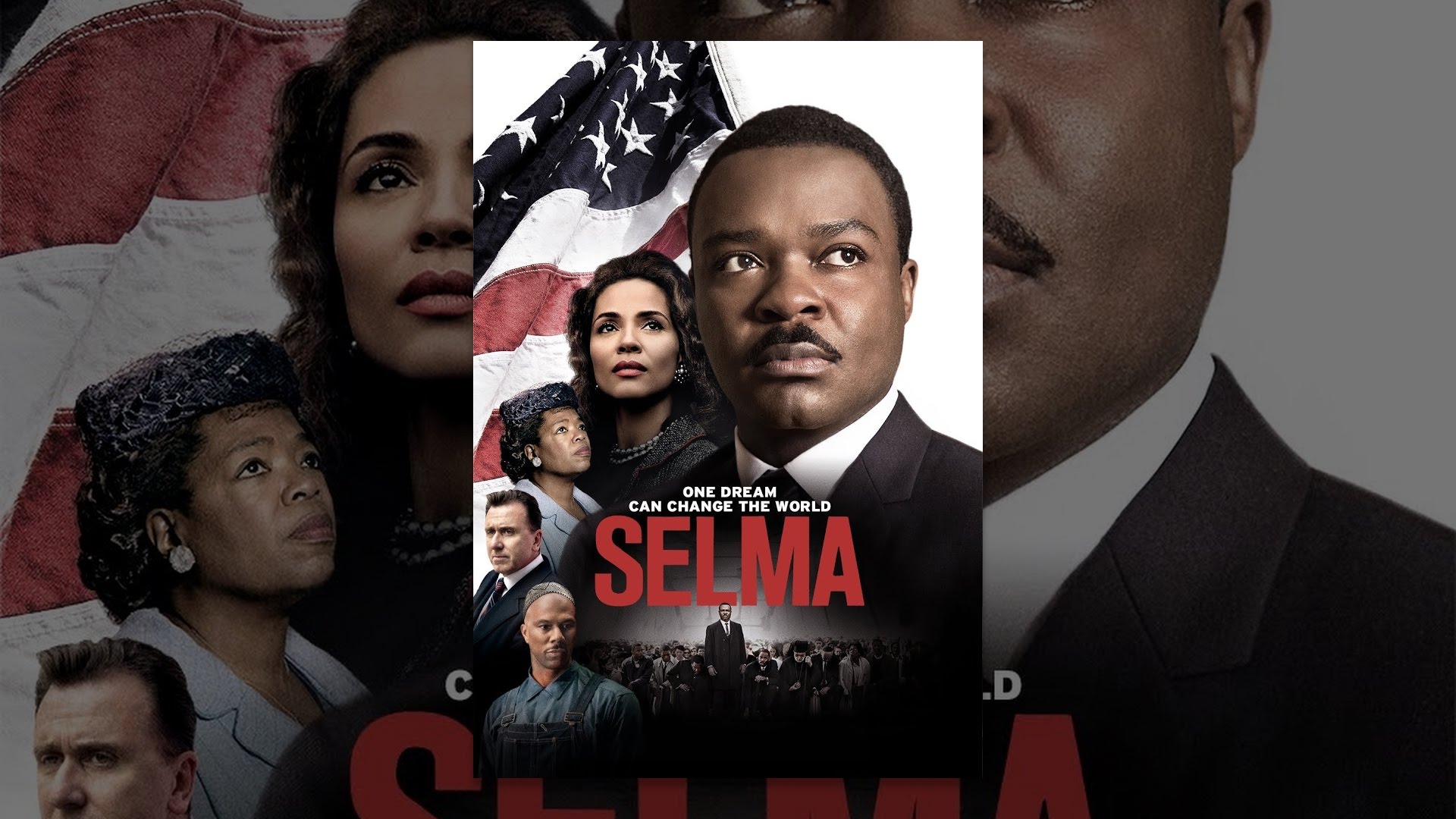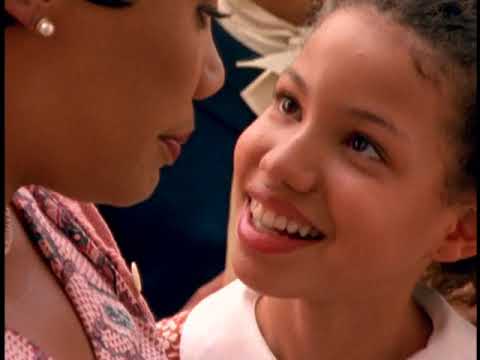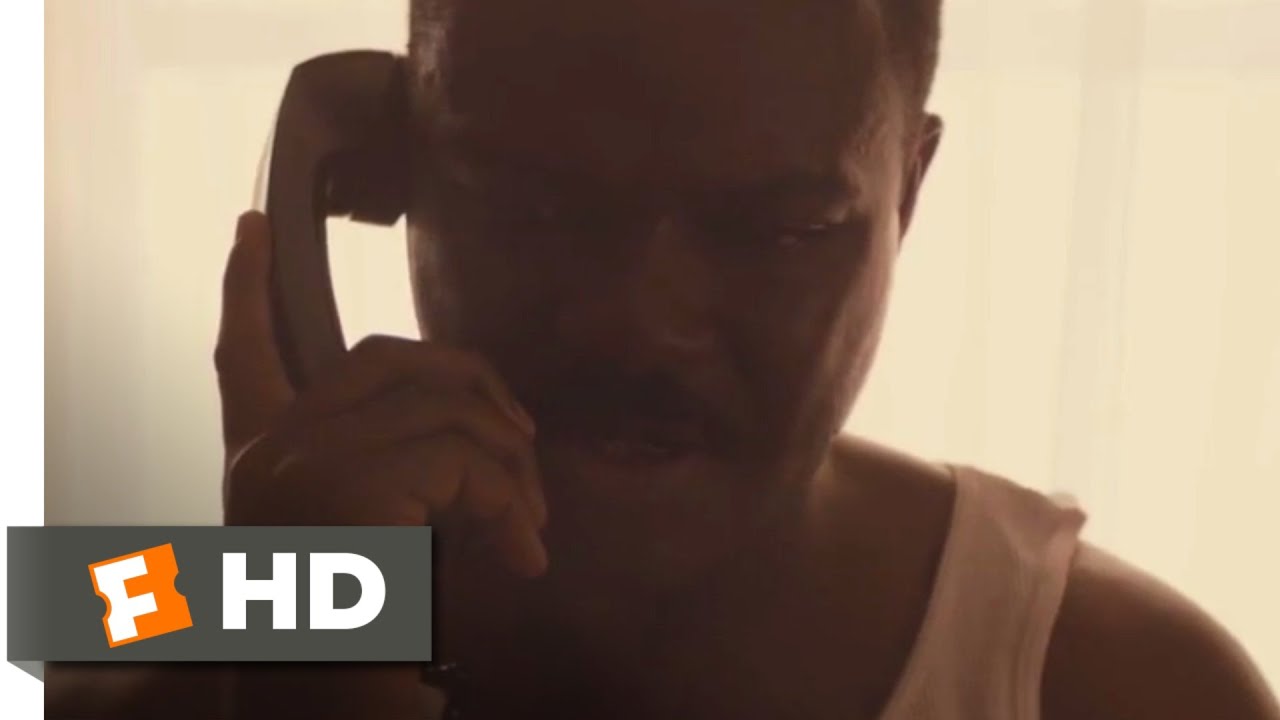Selma: A Beacon of Civil Rights Legacy
Selma isn’t just a place on a map; it’s a monumental chapter in the saga of the American Civil Rights Movement. The Selma to Montgomery marches in March 1965 changed everything. This pivotal moment pulled back the curtain on the systemic injustices African Americans faced in the South. It’s where brave activists like John Lewis and Amelia Boynton Robinson took a Stand, facing brutal law enforcement responses that would become known as “Bloody Sunday. This shocking event became a catalyst for national awareness and swift legislative change, culminating in the Voting Rights Act of 1965. Just think about it: Selma wasn’t just a place; it symbolized hope and resilience in the fight for freedom.
The Selma marches hold a mirror to our society, reflecting the struggles for justice that still resonate today. When you dive into the stories of those who marched, it feels like you’re stepping into a living history lesson. Activism takes courage, and the courage displayed in those marches inspires countless movements, reminding us that the fight for equality extends well beyond the 1960s.
As a film enthusiast, you can appreciate how the story of Selma was brought to life on the silver screen in the 2014 film “Selma.” Directed by Ava DuVernay and featuring David Oyelowo as Martin Luther King Jr., the movie artfully captures both the spirit of the march and the complexities faced by activists. It’s a cinematic gem that reminds us of our shared responsibility to uphold the ideals unfurled on those Alabama streets.
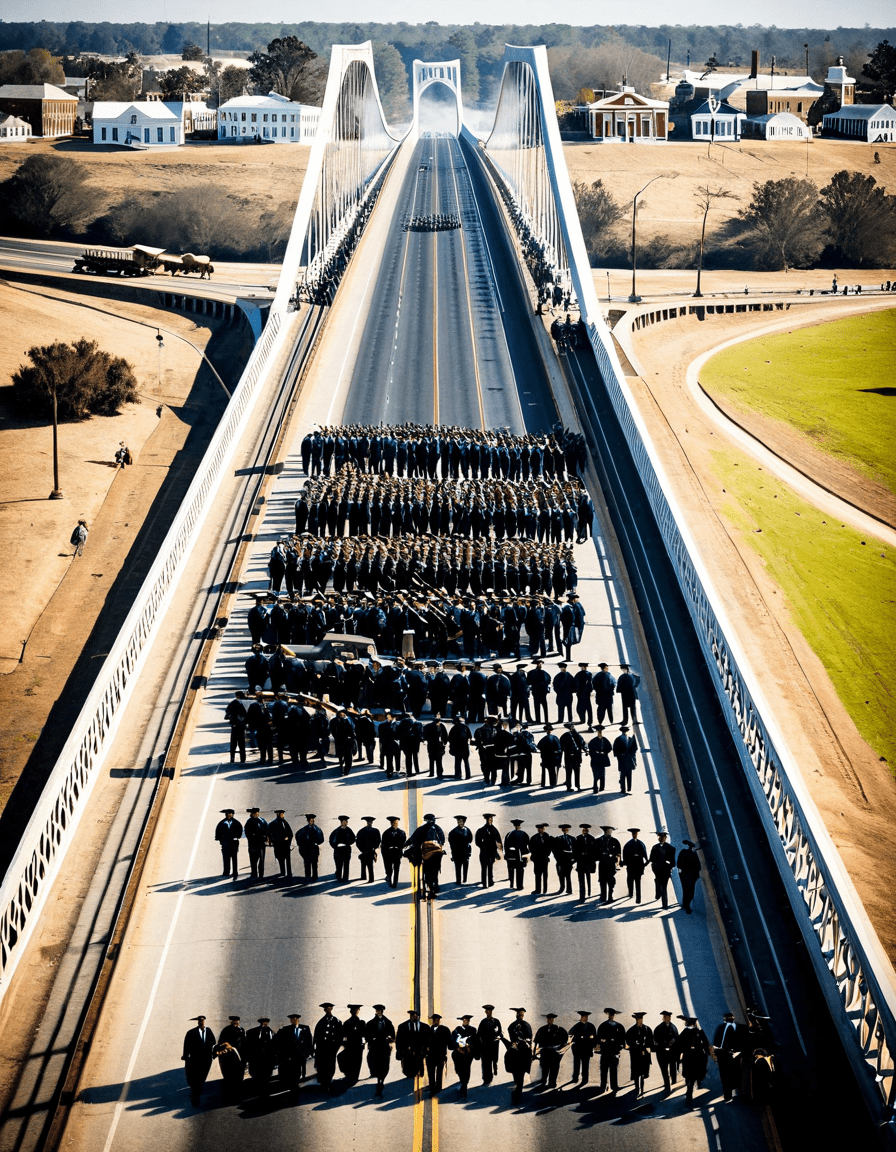
Top 7 Distinct Lessons from Selma that Keep Us Inspired Today
1. The Power of Community Organizing
The energy of the Selma marches stemmed from the unity of local leaders and national organizations. Groups like the Student Nonviolent Coordinating Committee (SNCC) and the Southern Christian Leadership Conference (SCLC) turned community engagement into a powerful force for change. They modeled how collaborative efforts can create a ripple effect that leads to broader political agendas.
2. Using Media as a Sword
The events in Selma showed how media could be a double-edged sword. The graphic imagery of violence against peaceful protestors caught the nation’s attention and turned public opinion. Activists learned early on that media could amplify their cause—a strategy that still fuels contemporary social movements like #BlackLivesMatter. Today, it’s all about finding ways to get the message across, from TikTok dances to powerful visual art.
3. The Legacy of Grassroots Activism
Selma wasn’t just about marching; it sparked a legacy of grassroots activism. Modern movements echo the philosophies birthed during those turbulent times, demonstrating that local efforts can have a national impact. Young activists today carry that torch, showing the world that local voices can lead to significant change.
4. Young Voices Matter
Young people played crucial roles in Selma, with figures like John Lewis embarking on their activism as teenagers. Their bravery reminds us that youth participation is vital for sustaining movements. Role models like climate activist Greta Thunberg show us that the spirit of youth activism is alive and kicking, always challenging norms and demanding change.
5. Inclusivity in the Movement
Another valuable lesson from Selma is the strength found in inclusivity. People from diverse backgrounds joined the march—whites, women, labor unions—all of whom brought different perspectives to the fight for justice. This trend of inclusivity continues, evident in today’s social justice movements that rally allies from all walks of life.
6. The Sinister Threat of Violence
The violent backlash during the Selma marches was a harsh reminder of the dangers inherent in standing up for justice. It’s not just a regional issue but a reflection of national attitudes toward dissent. Although we’ve come far since 1965, awareness of the sinister threat of violence against peaceful protestors remains relevant as we witness similar events today.
7. Activism’s Cultural Impact
The legacy of Selma extends into the arts, inspiring countless works of literature, music, and film. The 2014 film not only recounts the historical marches but also acts as a rallying call for contemporary civil rights discussions. It’s a beautiful intersection where past and present meet, reminding us all that storytelling improves awareness of important issues.
Selma and Its Cultural Echoes in Modern Media
From the perspective of cinema, Selma is still making waves today. You might recall the character Moe in the film, a representation of combined activism, blending the struggles of the past with today’s continuous fight for equality. This character resonates even in the lighthearted world of animated features like Frozen, where characters like Olaf and Elsa tackle serious themes through engaging narratives.
Similar to how Selma showcases activism in an intense historical context, modern media also reflects social justice issues in captivating ways. Consider how shows like Chad present these narratives through humor while still illuminating the importance of civil rights discussions. Meanwhile, the Werewolf Meme represents how creative expressions are often vehicles for social commentary—and who doesn’t love a quick chuckle paired with thought-provoking insights?
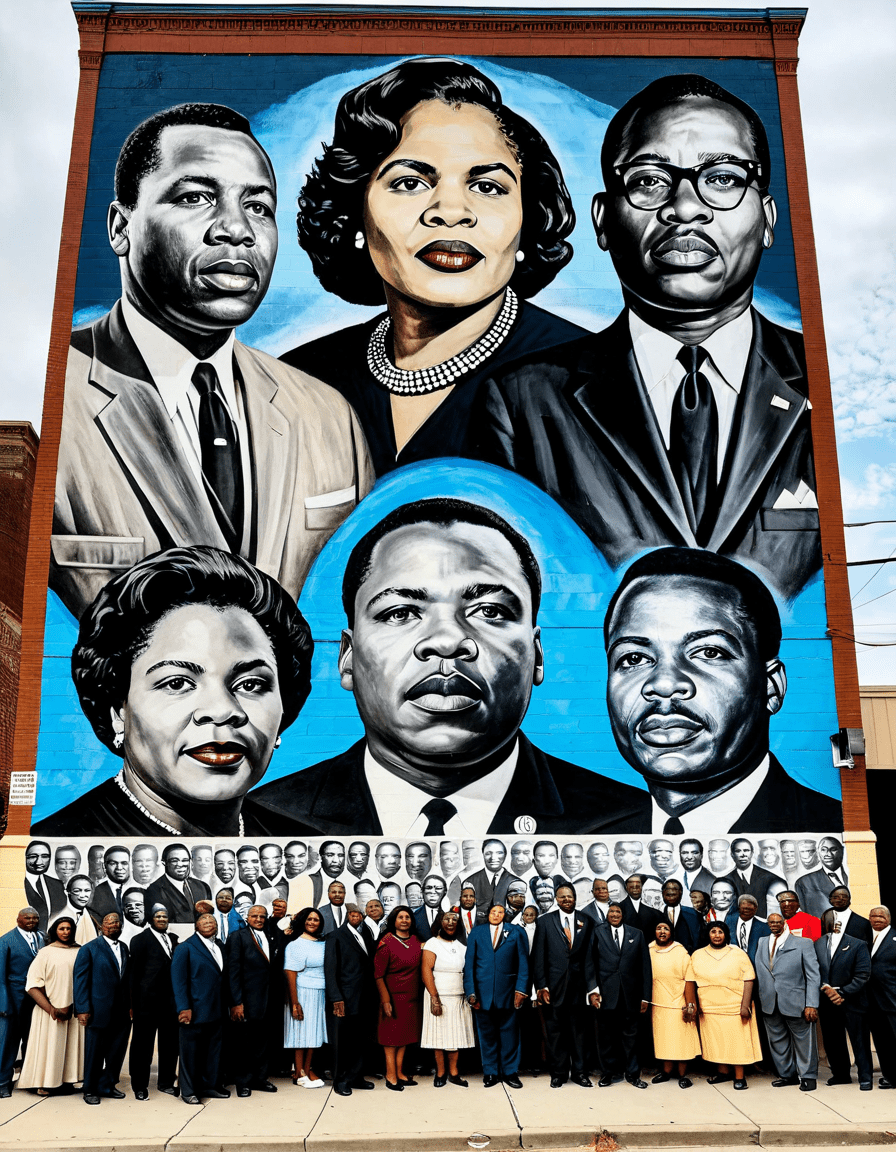
The Continued Relevance of Selma’s Legacy Today
The themes and discussions sparked by Selma remain incredibly timely. As conversations about voting rights, police reform, and racial equity fill the airwaves, the roots of these issues often trace back to the activism unveiled during the marches. High-profile instances of electoral suppression and systemic racism remind us that the journey for equality isn’t finished.
Much like the characters in stories like Cub, the legacy of Selma keeps pushing us toward a collective reckoning of historical injustices. The power of their narrative lives on in every act of civic engagement, propelling discussions and efforts toward justice in our society today.
The Path Ahead: Shaping Civil Rights’ Future
As we reflect on the monumental legacy of Selma, it’s crucial to navigate how current movements leverage technology to mobilize support. The activism pioneered in Selma has evolved, now seamlessly weaving through platforms like social media, turning campaigns viral. Emerging activists are innovating methods of collective action, reigniting the spirit of perseverance and engagement found back in 1965.
This digital age challenges us to stay informed, harnessing our passions to foster change. From TikTok videos to powerful podcasts, new forms of storytelling empower young voices to drive the narrative forward. Just look at how activists have taken cues from mainstream media while embodying the struggles of past generations—equipping today’s storytellers to craft future movements.
Embracing Selma’s Legacy for Generations to Come
The essence of Selma lives on, becoming benchmark material in the ongoing fight for justice and equality. Just as Olaf and Elsa reshape narratives in children’s media, the stories stemming from Selma serve as templates for future generations. The spirit of those activists motivates new waves of changemakers—whether in public policy, the arts, or everyday life—to merge lessons of the past with a vision for a fairer future.
In understanding the profound lessons from Selma, we embrace the responsibility to address the injustices still prevalent today. The continuing struggles remind us that the road to equality is paved with collaboration, resilience, and unyielding hope. Let’s keep that fire burning, learning from the past while ensuring that future generations carry the torch of justice, always inspired by the unyielding spirit of Selma.
Selma: A Legacy that Inspires Change
The Heart of Selma’s Impact
Did you know that Selma, Alabama, played a pivotal role in America’s Civil Rights Movement? The city was the site of the historic Selma to Montgomery marches in 1965. These protests, led by figures like Martin Luther King Jr., were crucial in the push for voting rights, leading to the Voting Rights Act of 1965. This act was vital in breaking down barriers that prevented African Americans from exercising their right to vote. Each time we reflect on Selma, we remember the courage displayed by those who walked the Edmund Pettus Bridge. It’s a reminder of a time when so many were willing to Stand up and be counted.
Cultural Resurgence
Selma’s legacy isn’t just found in history books; it has made waves across various forms of media. For example, the film “Selma” received critical acclaim and reignited conversations about civil rights in America today. Speaking of compelling narratives, there’s a burgeoning audience for stories about social justice, much like what’s seen in the series surrounding Monica. The conversations sparked by such films inspire young people and encourage them to take action, just as activists did decades ago. And let’s not forget the creativity that can emerge from darker themes, like in the popular game Dead at Daylight, which uses storytelling to explore complex issues.
It’s All Connected
As we consider the ongoing impact of Selma, it’s fascinating to see how it influences not just film, but also pop culture, including the remarkable stories of personalities like James Brolin, who’s celebrated for his roles that often reflect deep societal issues. The discussions stemming from Selma’s legacy also lead to intriguing debates, much like the quest of the Smartest person in The world — pushing boundaries and encouraging individuals to think critically about our society. This current dialogue reminds us that Selma’s fight is far from over; change is an ongoing challenge that requires dedication.
In closing, Selma’s spirit of resilience continues to teach us valuable lessons. With relevant stories emerging in various spheres — from film to gaming, and even anime through platforms like 123anime — the influence of this historic city encourages a new generation to carry the torch for equality and justice. Selma is truly a beacon for those aiming to create a better future.


